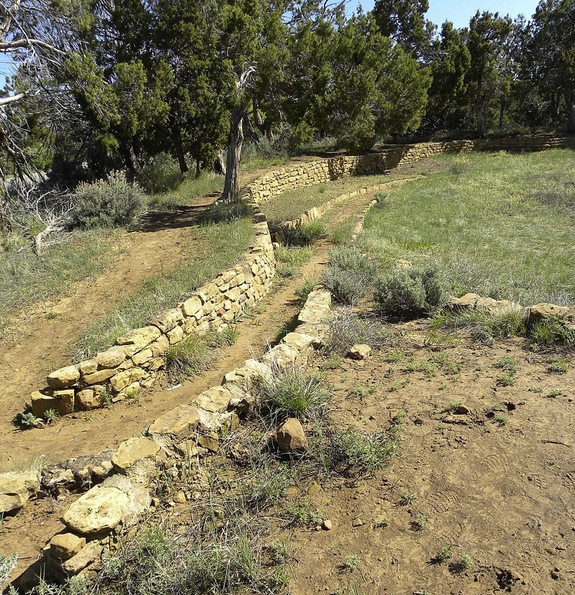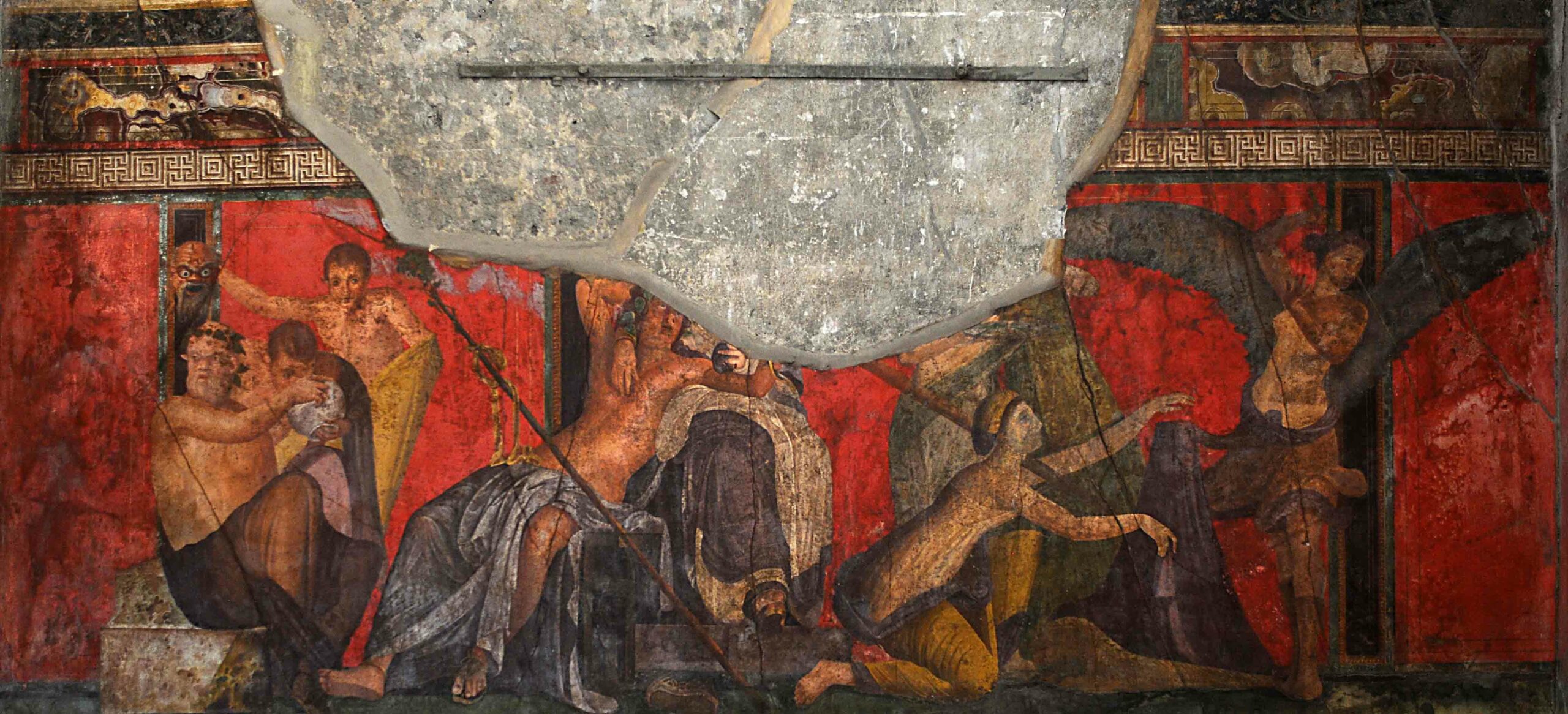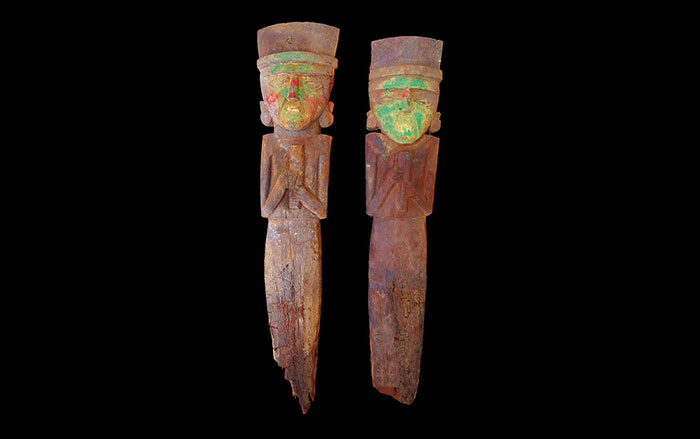
MESA VERDE, COLORADO—In 1917, Jesse Walter Fewkes suggested that a sandstone-lined circular pit in Colorado’s Mesa Verde National Park was an Ancestral Puebloan water reservoir. But a new analysis of the hydrologic, topographic, climatic, and sedimentary features of “Mummy Lake” and its surroundings indicates that the pit would not have been effective for collecting or distributing water. Larry Benson, an emeritus research scientist for the U.S. Geological Survey and an adjunct curator of anthropology at the University of Colorado Museum of Natural History, led the study. “I think it’s appealing to think of Mummy Lake as a reservoir. [Scientists] naturally want to find structures that hold or convey water, to explain how the people got their water,” Benson told Live Science. Benson and his team think that the pit was an unroofed ceremonial structure. The ditches may have been built as ceremonial roads connecting Mummy Lake to newer structures.










